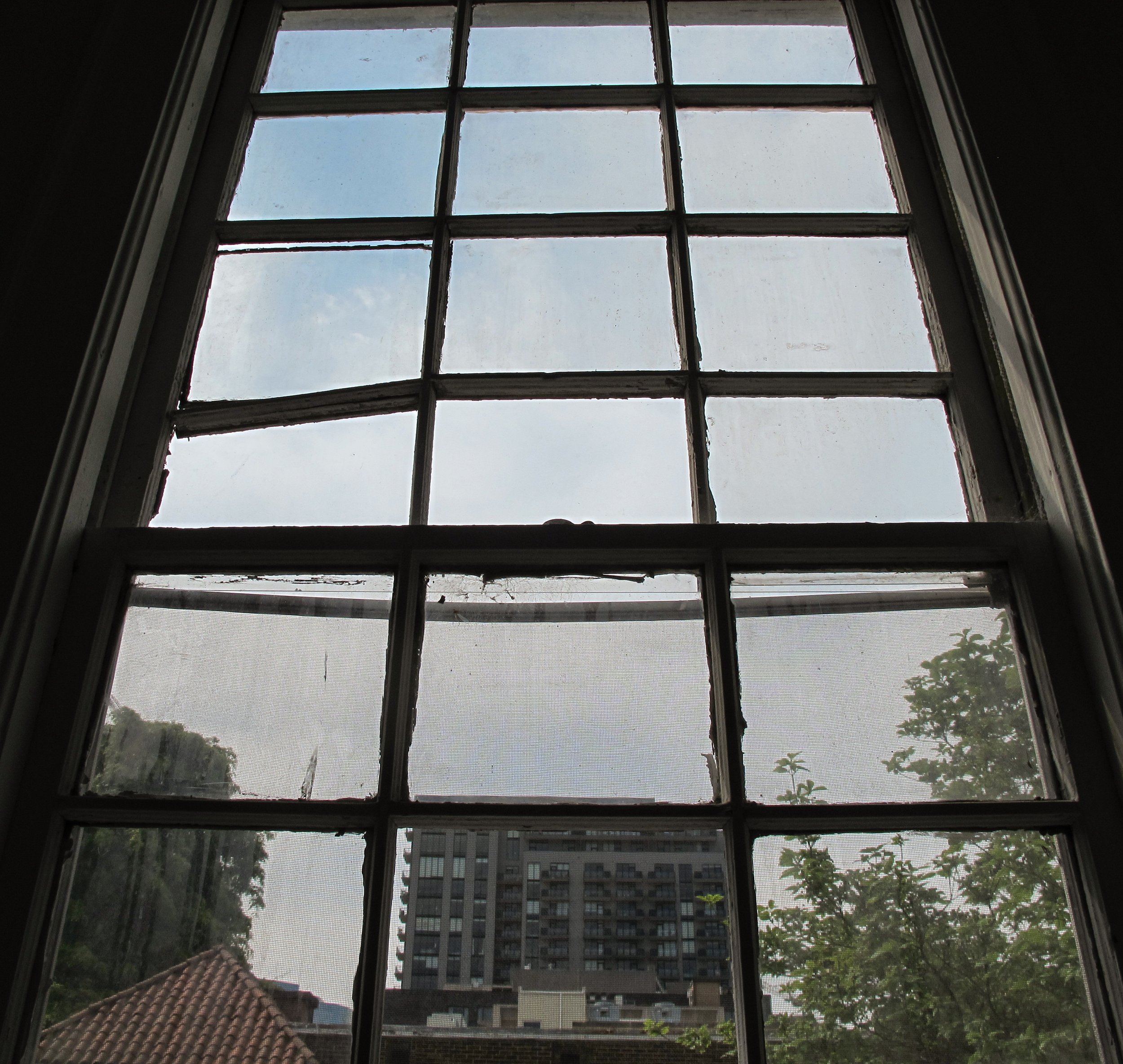WINNWOOD APARTMENTS
Tenth Street Ventures has commissioned Landmark Preservation LLC (Landmark) to conduct a conditions assessment of the historic windows located at the 1930 Winnwood Apartments in Atlanta. Easements Atlanta maintains an exterior easement on the building and as part of future renovation efforts, an assessment needed to be completed. The purpose of this assessment is to identify window deficiencies and to make recommendations for future restoration as part of the building’s impending rehabilitation. It focuses not on restoring the building to a period of significance or to a particular time period but on securing and stabilizing the historic windows to prevent future loss.
A window assessment form was created to aid in the on site portion of the assessment as well as keep data consistent for each window surveyed. Existing architectural drawings with a window schedule was provided by Office of Design to aid in this endeavor. The window schedule identified 285 windows and 10 types of windows based on design, height and width. Windows were numbered as the assessment took place. Form fields included the following: location, style, type (taken from the architect’s window schedule), notation of the condition of muntins, glass, if a screen or bars were present, if the window was operable, if an air conditioning window unit was installed, and where the survey was taken from. Rated portions of the form included: frame, mullion, upper sash, lower sash, and sill. Rated portions were determined based on a four level classification system based upon the system identified in the National Park Service Publication, Preservation Brief #9, “The Repair of Historic Wooden Windows.” Those four levels are as follows: Class One (1), “Routine Maintenance,” Class Two (II), “Stabilization,” Class Three (III), “Partial Replacement,” Class Four (IV), “Total Replacement.”
The majority of the windows fell into the “Routine Maintenance and Stabilization” categories. The most common issues included but are not limited to: inoperability, broken glass, multiple layers of failed paint, missing or broken hardware, and minor wood sash repairs. All historic windows were found to be salvageable and still have many years left in their useful life cycle. We can confidently say that the windows could be successfully restored without any major issues.

















